Our region's transportation system
The Chicago region is home to a vast and varied transportation network that helps 8.5 million residents get where they need to go and supports a vibrant local economy.
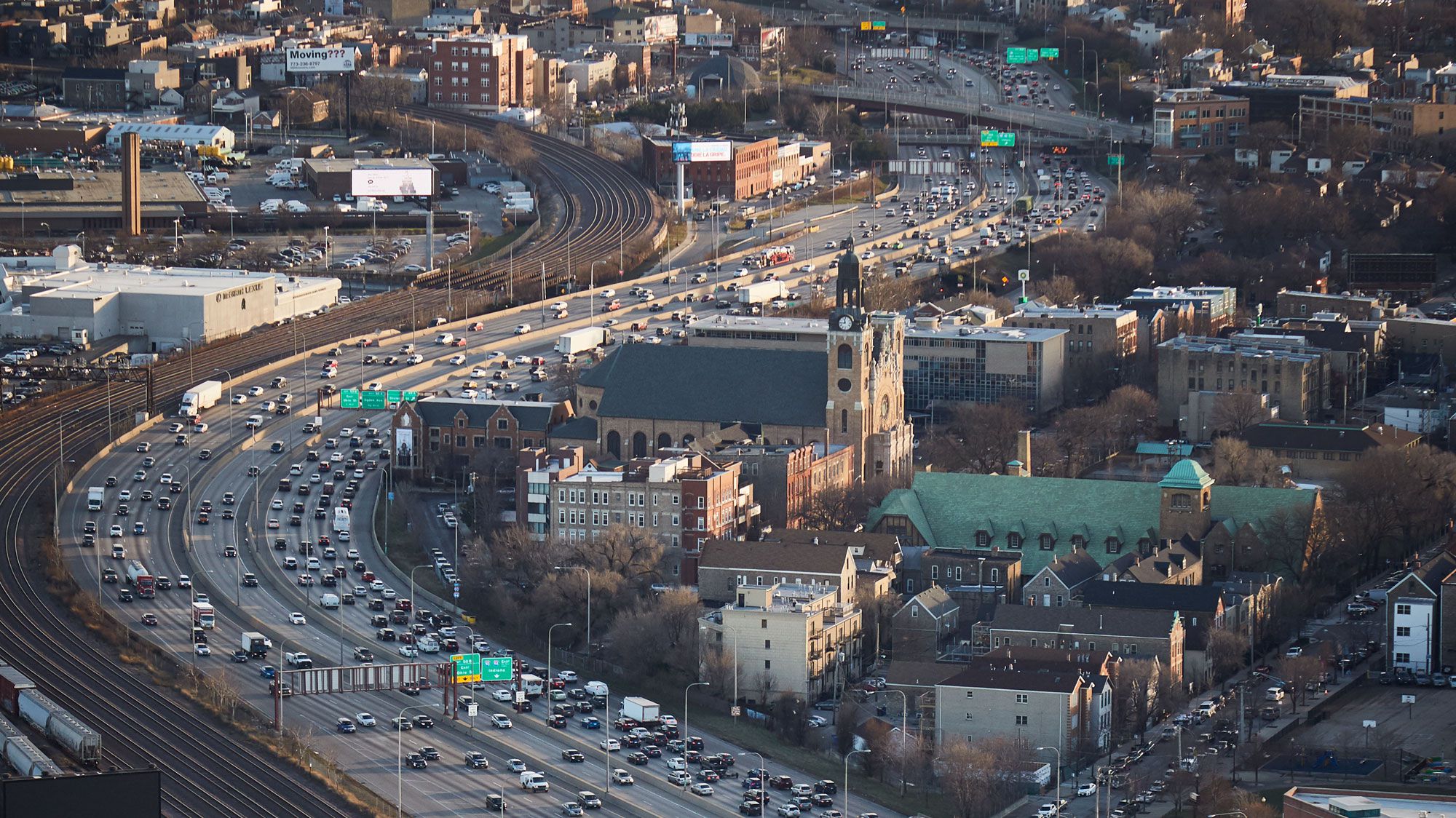
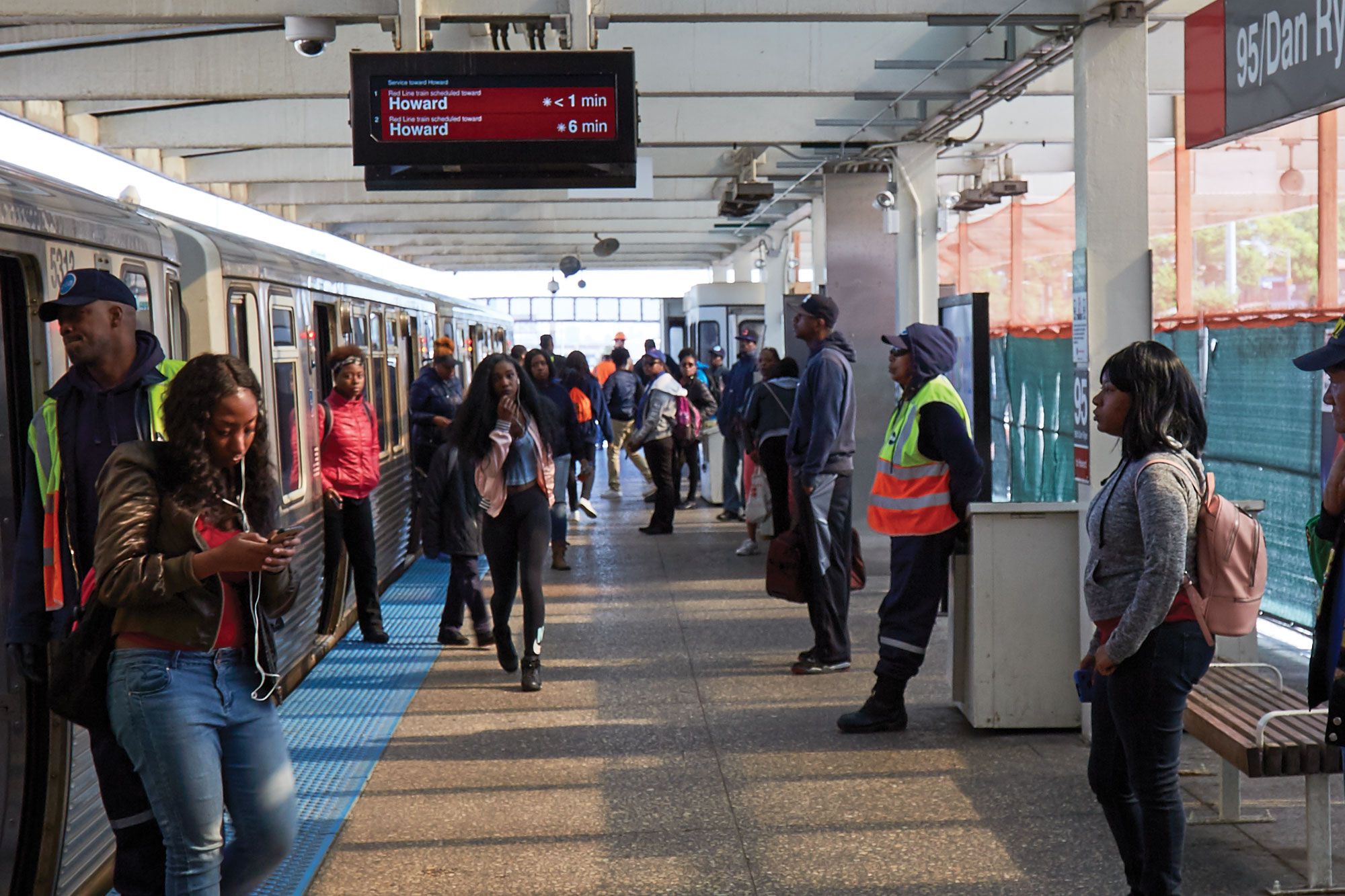
Our transit system is one of metropolitan Chicago’s most critical assets, improving air quality, allowing travelers to avoid congested highways, and connecting people to jobs, education, entertainment, and other amenities.
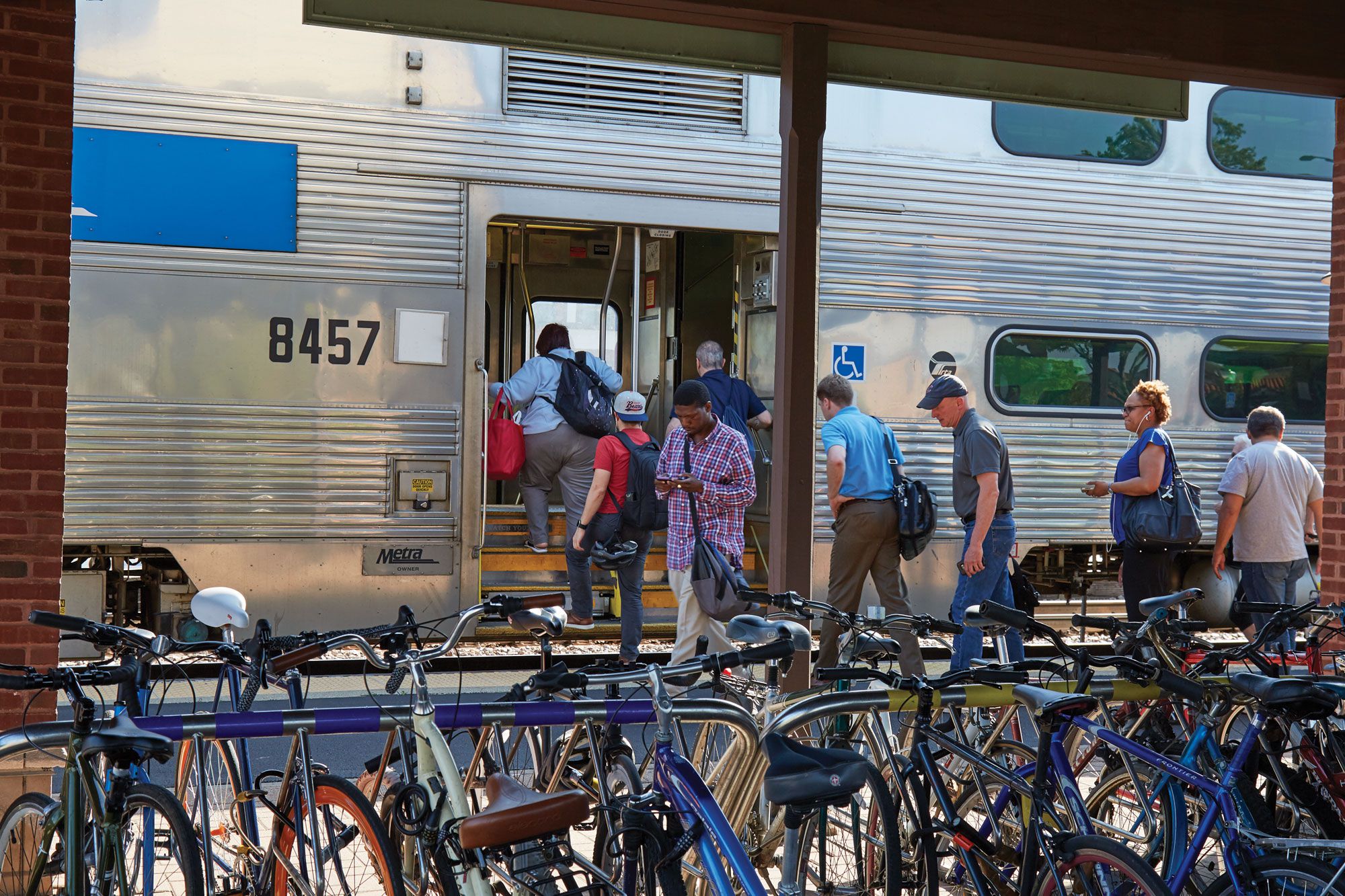
Together, the CTA, Metra, and Pace provide more than two million trips each weekday at a cost per rider that is among the nation's lowest.

Our transit system is one of metropolitan Chicago’s most critical assets, improving air quality, allowing travelers to avoid congested highways, and connecting people to jobs, education, entertainment, and other amenities.

Together, the CTA, Metra, and Pace provide more than two million trips each weekday at a cost per rider that is among the nation's lowest.
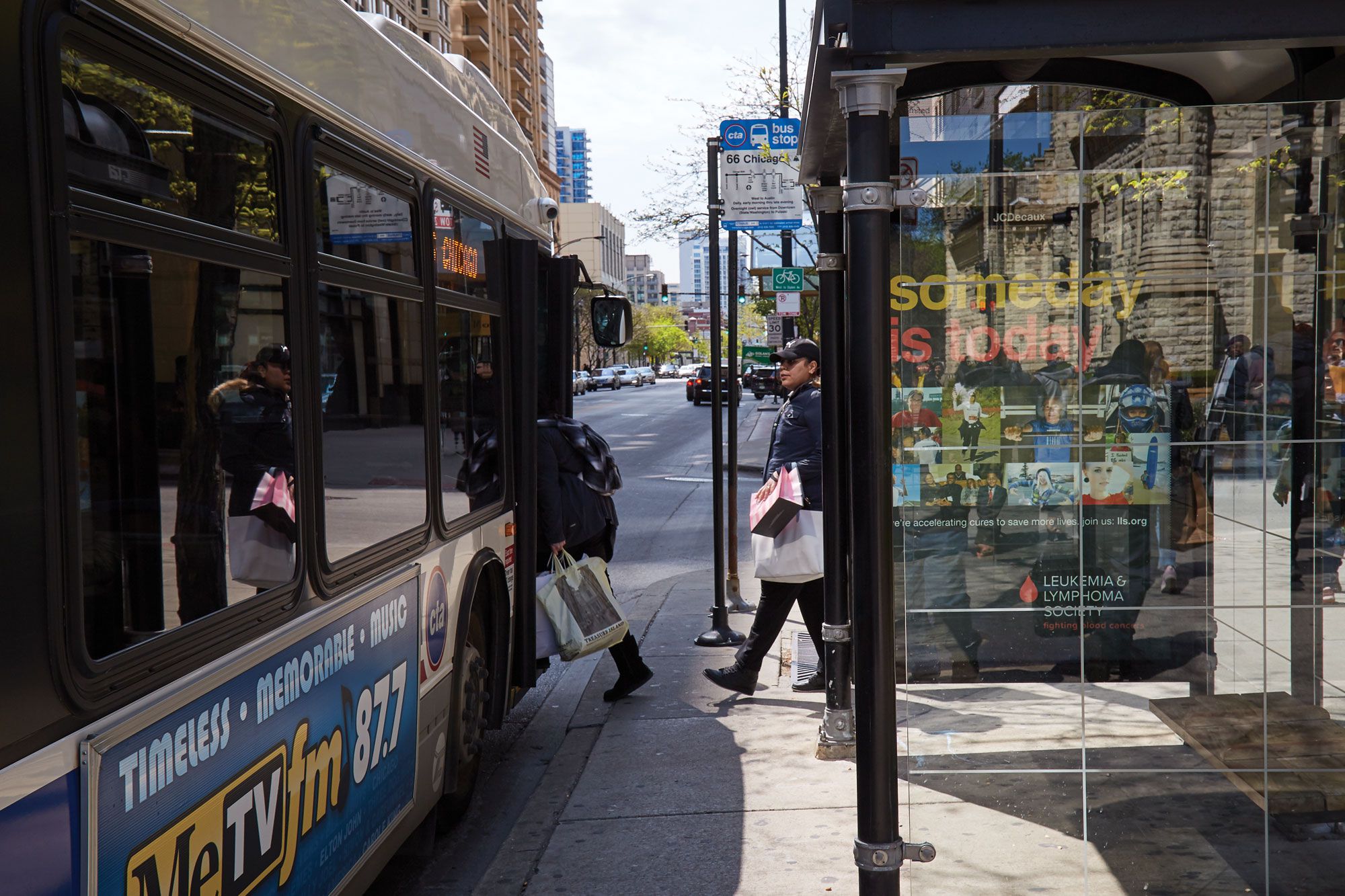
In metropolitan Chicago, black and Hispanic residents endure longer commutes than residents of other races or ethnicities. These residents are more often transit dependent, yet many must commute to jobs located far from frequent transit service. Transportation can play a role in creating pathways to opportunity for low income communities and people of color.
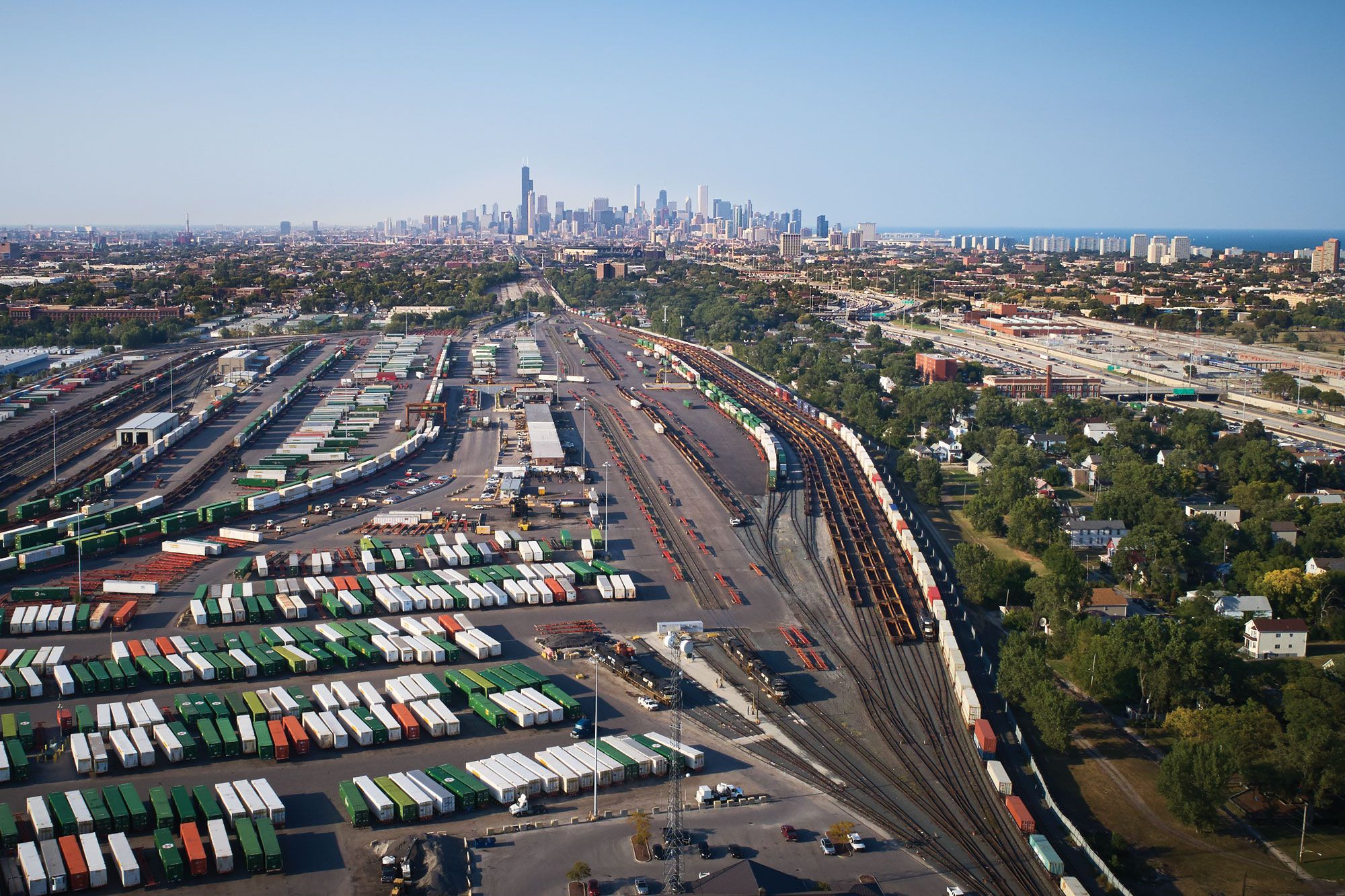
By almost any measure, metropolitan Chicago is the nation’s premier freight hub. Approximately 25 percent of all freight trains and 50 percent of all intermodal trains in the U.S. pass through metropolitan Chicago, which serves as the continent’s main interchange point between western and eastern railroads.

In metropolitan Chicago, black and Hispanic residents endure longer commutes than residents of other races or ethnicities. These residents are more often transit dependent, yet many must commute to jobs located far from frequent transit service. Transportation can play a role in creating pathways to opportunity for low income communities and people of color.

By almost any measure, metropolitan Chicago is the nation’s premier freight hub. Approximately 25 percent of all freight trains and 50 percent of all intermodal trains in the U.S. pass through metropolitan Chicago, which serves as the continent’s main interchange point between western and eastern railroads.
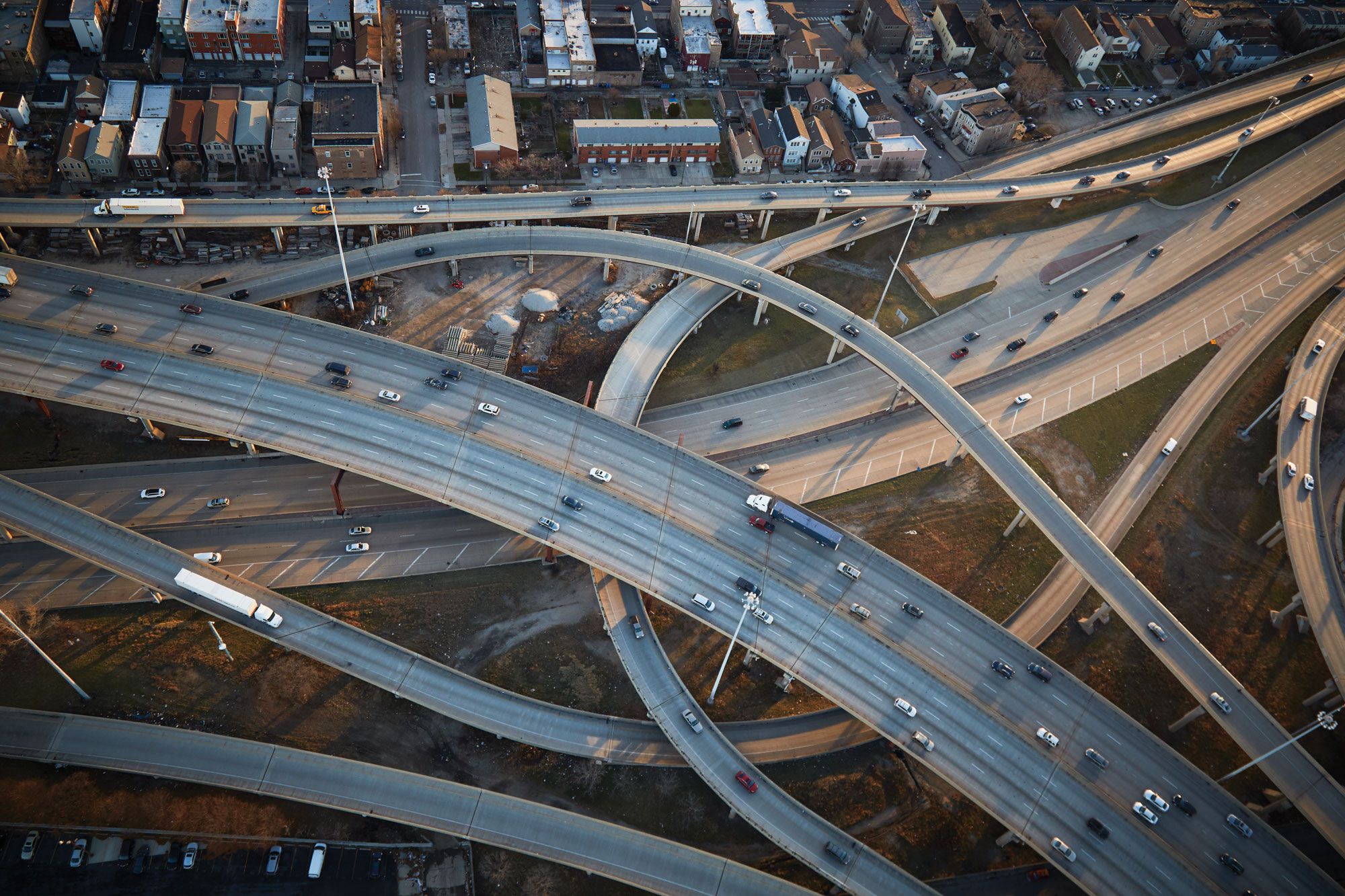
Trucks account for about one in seven vehicles on the urban interstate highways in Illinois, and some facilities in metropolitan Chicago carry over 30,000 trucks each day.

While on-street facilities can put cyclists in conflict with motorists, recent improvements in design and engineering can reduce these conflicts and respect local character.

Trucks account for about one in seven vehicles on the urban interstate highways in Illinois, and some facilities in metropolitan Chicago carry over 30,000 trucks each day.

While on-street facilities can put cyclists in conflict with motorists, recent improvements in design and engineering can reduce these conflicts and respect local character.
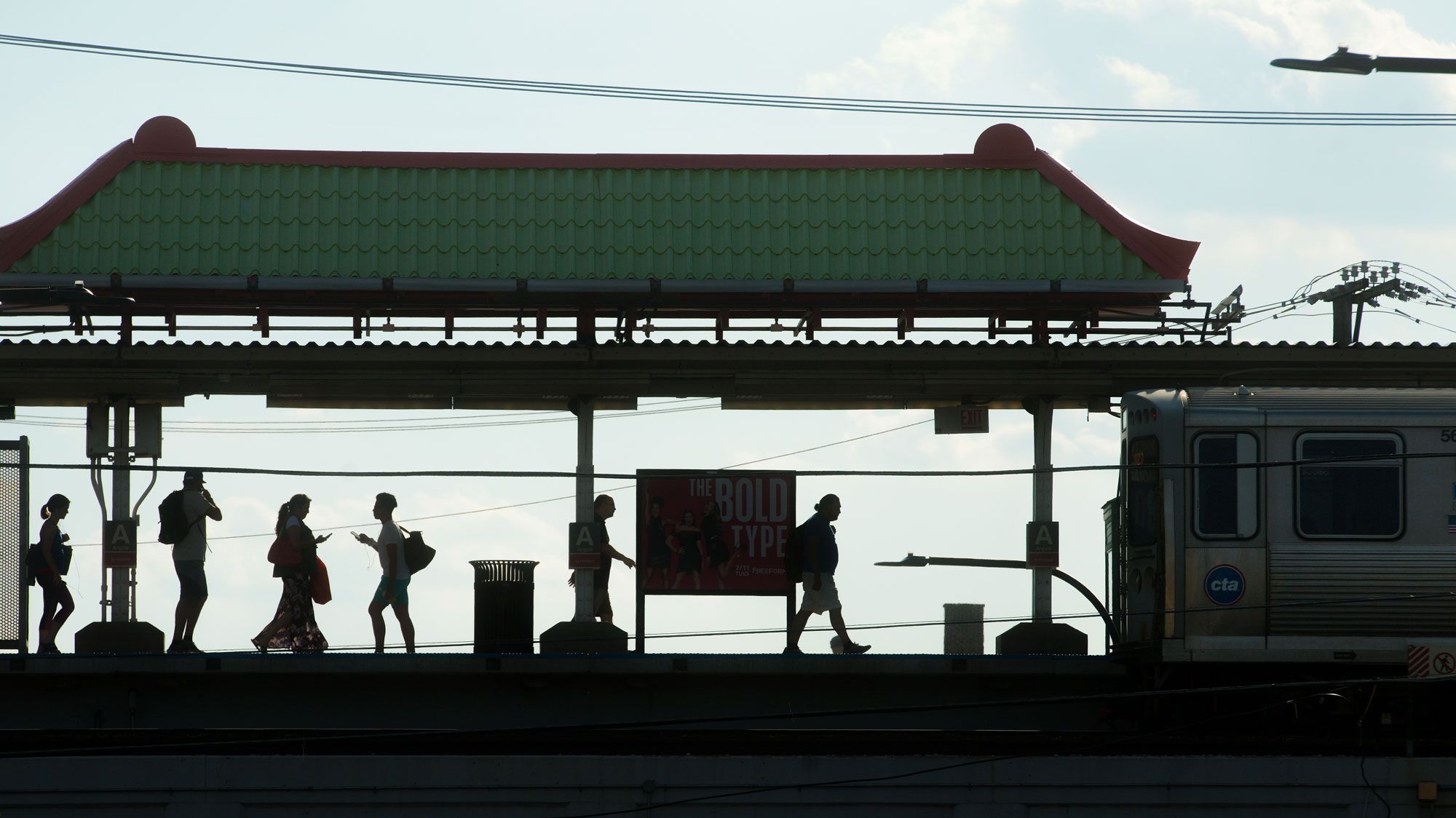
ON TO 2050’s Mobility chapter provides a number of recommendations to help the Chicago region achieve a safe and reliable system for tomorrow.